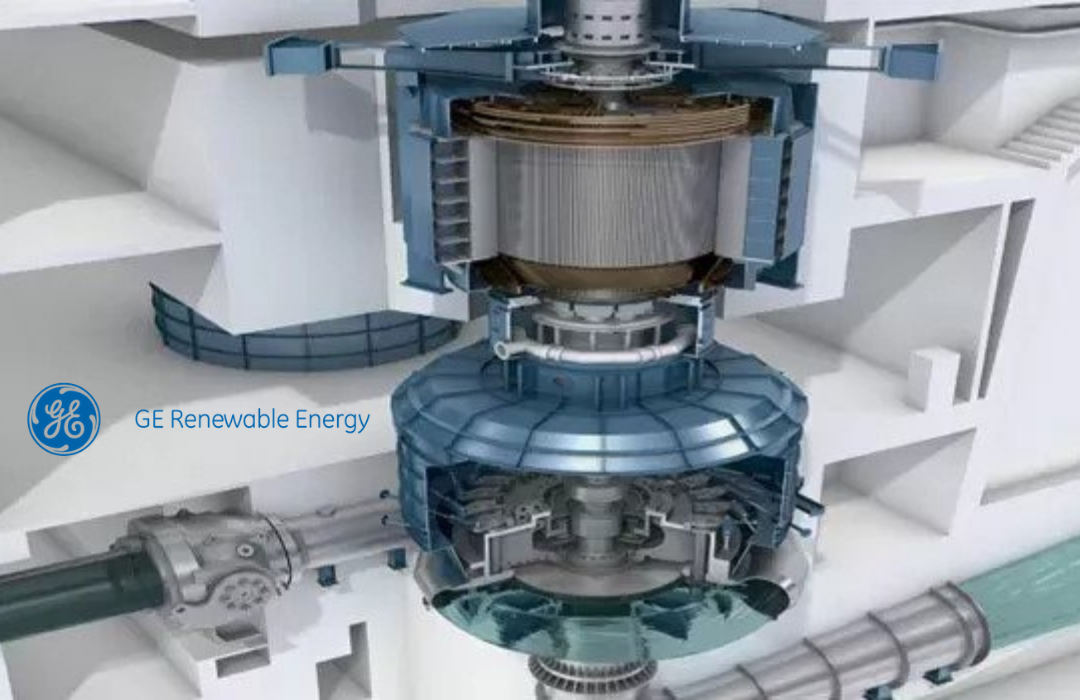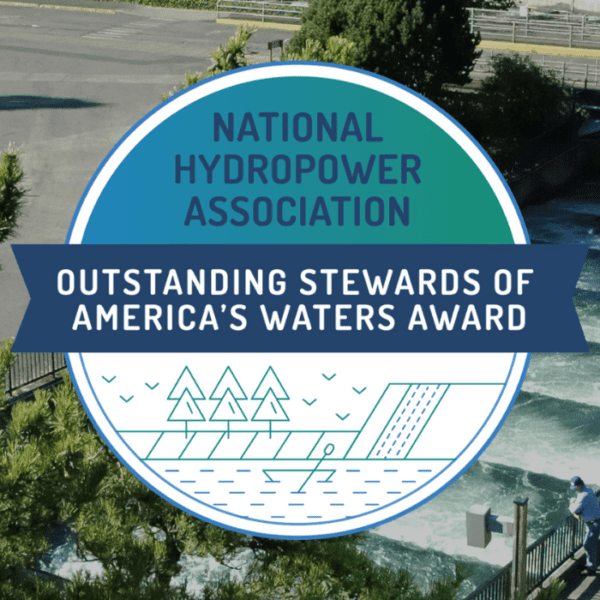Centralized synchronous plants will be less dominant in the future energy mix. The massive penetration of intermittent renewables such as wind and solar and their impact on the reliability of the transmission grid is huge.
This impact has to do with supply of electricity (which becomes much more variable) and the ability … or lack thereof … to maintain voltage or frequency of the transmission grid (such services cannot be provided by inverter-based resources).
Consequently, hydropower plants can play a defining role in the energy transition, thanks to the balancing and system services they can provide to the grid to facilitate the integration of variable renewables.
In particular, the type of hydro plant that provides pumped hydro storage is specifically suited to play a key role in this energy transition.
WHY PUMPED HYDRO STORAGE?
With higher needs for storage and grid support services, pumped hydro storage is the natural large-scale energy storage solution. It provides all electricity delivery-related services … from reactive power support to frequency control, synchronous or virtual inertia and black-start capabilities. It brings support that was previously managed by fossil-fueled power plants but with even more reactivity and in a sustainable manner without CO2 emissions.
For years, pumped hydro storage has offered a cost-effective way to provide reliable large-scale balancing and grid services. New pumped hydro storage technologies—such as variable speed capability—give plant owners even more flexibility by providing grid frequency support in both directions (in turbine and pump modes) as well as quicker response times.
The high inertia of rotating machines can also stabilize the grid in case of disturbances, which influences grid frequency, enabling low-inertia renewable energies, such as wind and solar, to enter the grid and allowing their power to be transmitted over great distances.
Bottom line: Hydro storage technology is an enabler for the transition and modernization of 21st century power generation. It provides production, storage and grid stabilization. Moreover, it brings a critical benefit that distinguishes it from the others—water management.
HOW DOES PUMPED HYDRO STORAGE WORK?
Pumped hydro storage plants store energy using a system of two interconnected reservoirs, with one at a higher elevation than the other. Water is pumped to the upper reservoir in times of surplus energy and, in times of excess demand, water from the upper reservoir is released, generating electricity as the water passes through reversible Francis turbines on its way to the lower reservoir. The process is then repeated, with an overall cycle efficiency of about 80%.
With fixed-speed pumped storage plants, power regulation is possible while the plant is generating electricity but with the state-of-the-art variable speed technology, power regulation in specific ranges is possible while generating and while pumping, providing additional flexibility to support the grid stability.
BENEFITS OF PUMPED HYDRO STORAGE PLANTS
Large-scale
This is the attribute that best positions pumped hydro storage which is especially suited for long discharge durations for daily or even weekly energy storage applications.
Cost-effectiveness
Thanks to its lifetime and scale, pumped hydro storage brings among the lowest cost of storage that currently exists.
Reactivity
The growing share of intermittent sources reduces the inertia of the grid, which increases its instability. Reactivity, then, is key to avoid incidents. Hydropower production and storage can provide inertia and load balancing services to the grid. The current technologies provide response times that are counted in seconds or even milliseconds in the case of variable speed technology.
Mature technology
For decades, pumped hydro storage has offered a cost-effective way to provide large-scale balancing and grid services, with predictable cost and performance. New hydro storage technologies, such as variable speed, now give plant owners even more flexibility, output, efficiency, reliability and availability.
Renewable and Sustainable
Hydropower uses the force of water that can be pumped uphill and turbined downhill as much as needed. Pumped hydro storage plants have a lifetime of more than 40 years for the electromechanical equipment and 100 years for the dam.
Closed-loop pumped hydro storage plants present minimal environmental impact as they are not connected to existing river systems. In addition, they do not need to be located near an existing river and can therefore be located where needed to support the grid.
Multi-functional
In addition to electric power generation and grid-related services, pumped hydro storage plants are used for water management, irrigation control for agriculture, water distribution, and/or water waste control.
COMMUNICATING THE VALUE OF PUMPED HYDRO STORAGE
GE Hydro Solutions supports the efforts of the National Hydropower Association (NHA), the International Hydropower Association (IHA), our customers, and other industry groups to actively promote the benefits of pumped storage – including making sure the technology is properly valued in wholesale electricity markets.
We urge all industry stakeholders to find ways to communicate to energy policy and markets influencers about how hydropower is contributing to the energy transition.












